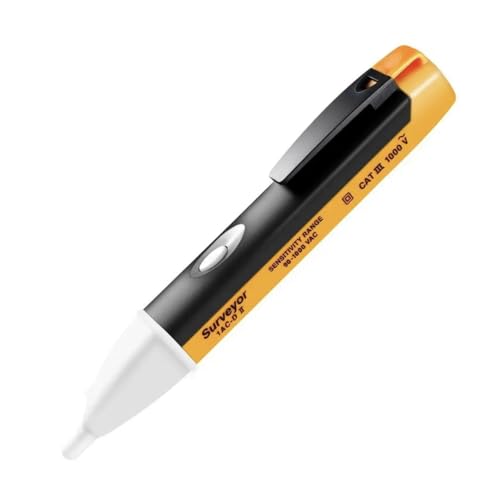Litttle Shonet
Member
- Joined
- Sep 4, 2009
- Messages
- 60
- Reaction score
- 0
Just carried out CU change in a property, and put downstairs lights on one side and upstairs lights on other.
Upstairs lights tripped all the time, so put it on same RCD as downstairs. Now ok.
Is there a crossover of neutrals somewhere in the circuit, and if so whats the best plan of attack
Cheers
LS
Upstairs lights tripped all the time, so put it on same RCD as downstairs. Now ok.
Is there a crossover of neutrals somewhere in the circuit, and if so whats the best plan of attack
Cheers
LS


















![TUOFENG 12 Gauge Silicone Wire -6 Meter [3 m Black and 3 m Red] 3.3mm² Soft and Flexible Electrical Wire for DIY Projects and Electrical Applications](https://m.media-amazon.com/images/I/51+++DjJ1DL._SL500_.jpg)













































